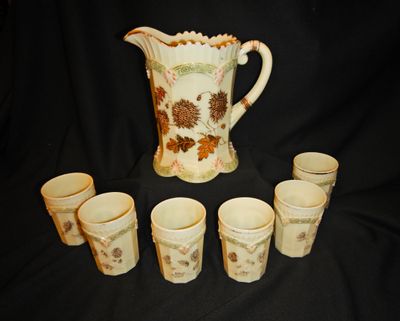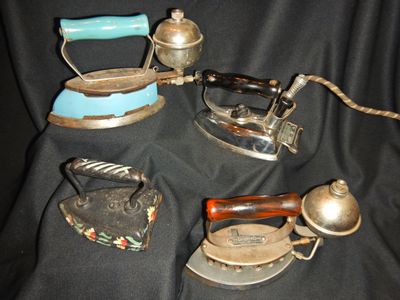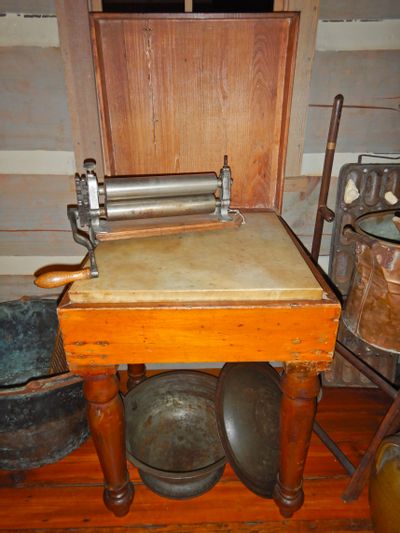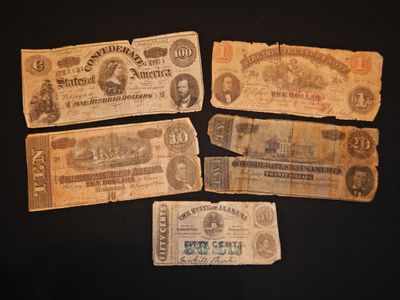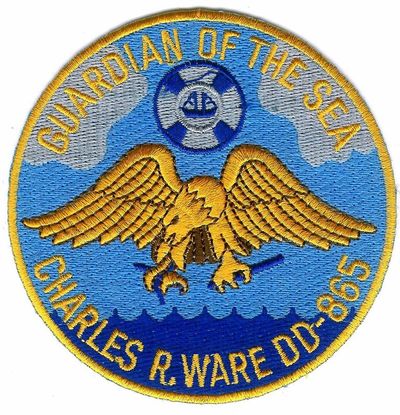Ironstone: Dishware for the Ages
Last Updated 1/11/2024
By Jubilee P. Reid

Original Publish Date: September 16, 2023
On display in the Log Cabin exhibit of the McMinn County Living Heritage Museum are many pieces of cream-colored china from the late 19th century. Some of these dishes have a faint bluish tint and others are decorated with simple designs.
These ironstone dishes are a heavy earthenware pottery made of Cornwall clay, flint, ironstone slag, feldspar, and blue oxide of cobalt. Ironstone does not contain any iron; the name is due to its strength and durability. Originating in England in the early 1800’s, it was introduced by North Staffordshire potters who were looking for a mass-producible substitute for expensive porcelain. William Turner (1762 – 1835) of Lane End Potteries obtained a patent on January 19, 1800 to produce this new stoneware. In 1805, he sold the patent to Josiah Spode II (1755 – 1829) who marketed it as “stone china” and “new stone.”
On July 31, 1813, a 14-year patent was granted to Charles James Mason (1791 – 1856) of Lane Delph to produce “English porcelain” which he sold as “Mason’s Ironstone China.” Though he patented this ware, it is generally believed that his father, Miles Mason (1752 – 1822), invented it as Charles received the patent only weeks after his father’s china-making business was turned over to him and his older brother, George. By the time his patent expired in 1827, other Staffordshire potters were creating their own formulas for this popular ceramic. Most of this ironstone was decorated with brush-stroke or transfer patterns. Ironstone was first marketed in America in 1842, but was not widely produced until the 1870’s.
One interesting piece in the museum’s collection is a cream-colored ironstone pitcher and wash basin set. A note attached to the pitcher states that the set was purchased in 1898 for 75 cents. The author of the note wrote concerning her mother’s purchase of the set, “her grand mother gave her $1.00 for her birthday & she paid 75 cts for it had 25 cts left. Told me before she died wanted me to have it as I was her oldest girl.” [sic] The 12-inch-tall pitcher is decorated on the outside with molded swirls, a scalloped rim, and a swirled handle. It sits in a 15-inch-wide bowl with a matching swirled pattern around the edge. Both pieces have some discoloring and crazing due to their age.
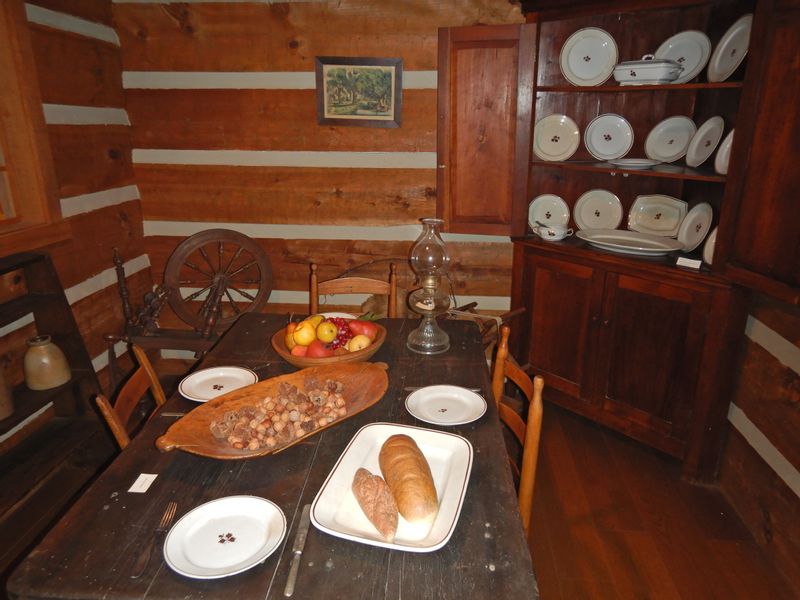
Other examples of ironstone on display include 23 pieces of tea leaf pattern copper lustre ironstone with a copper line around the edge. This pattern, first named “Lustre Band and Sprig,” introduced as the interest in solid white ironstone faded, was created by Anthony Shaw of Burslem, England in the 1850’s. It is believed the leaf was patterned after a real plant though there are over a dozen leaves that may have been used. Perhaps the inspiration behind the design is the old superstition that finding an open tea leaf at the bottom of a teacup would bring good luck. Dozens of manufacturers produced this pattern, some more or less ornate. Every type of dish from teacups and soap dishes to chamber pots was created. From 1875 to 1900 this was the most popular pattern of ironstone produced, often packed in barrels, and shipped to the U.S. by the shipload. Some merchant ships landing at ports along the Atlantic Coast used these heavy barrels of tea leaf ironstone as ballast instead of using rocks. It was favored among pioneers going west since it traveled well and could withstand more use than delicate porcelain. It has been said that Mary Todd Lincoln used tea leaf ironstone in the White House.
Among the museum’s collection of this pattern are 19 plates of varied sizes, large and small rectangular platters, a rectangular serving dish with two handles and a lid, and a small round dish with two handles. Although they are of the same design, these dishes dating to the late 1800’s were produced by two different manufacturers: Henry Burgess of Burslem, England and Alfred Meakin of Tunstall, England. The leaves on Burgess’s china are a half inch smaller than those on Meakin’s. Burgess produced stoneware including the tea leaf pattern from 1864 to 1891 and although he was in England, his china was marketed mainly to Canadian and American buyers. Alfred Meakin began producing china in 1875 and his company continued until 1976, though they ceased production of the tea leaf pattern in 1910. At one point he used gold instead of copper lustre for the leaf design.
There are other pieces of ironstone on display: a plain white oval Alfred Meakin platter and a small square dish made by Powell & Bishop, another English ironstone producer. This dish has a fluted edge with a copper lustre strand running along it.
Though the popularity of ironstone comes and goes, its durability and classic look have kept it a treasured collector’s item. These dishes are an elegant addition to any antique porcelain and ceramic collection.



